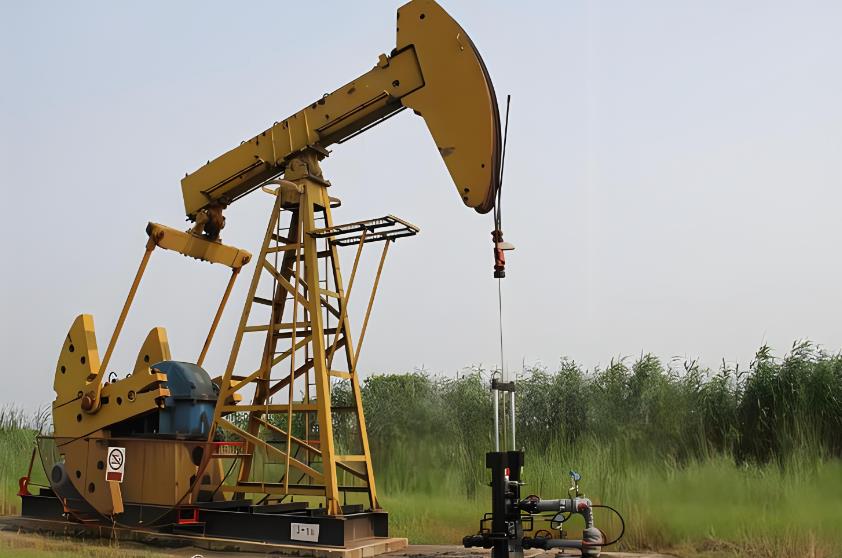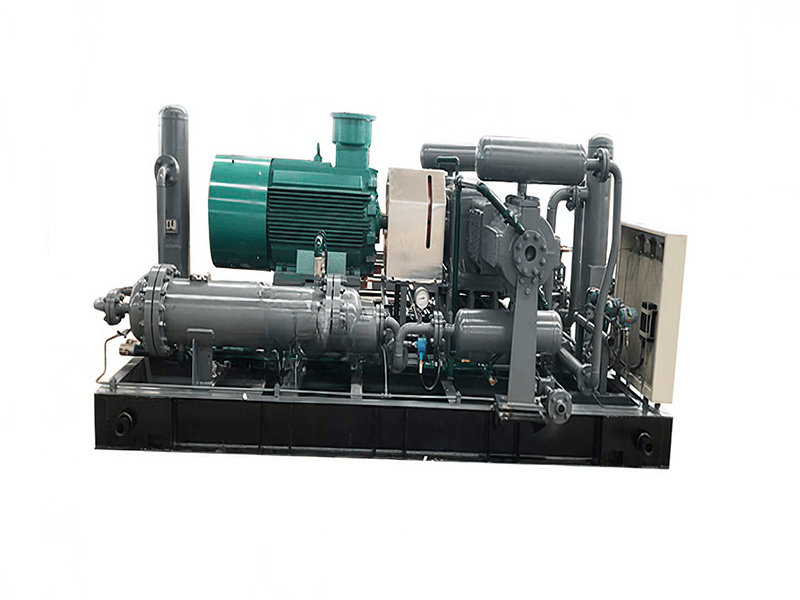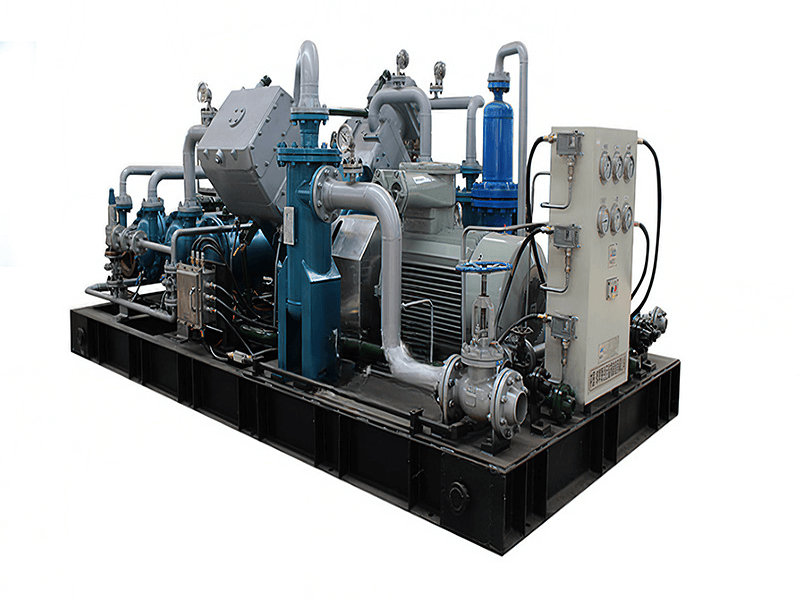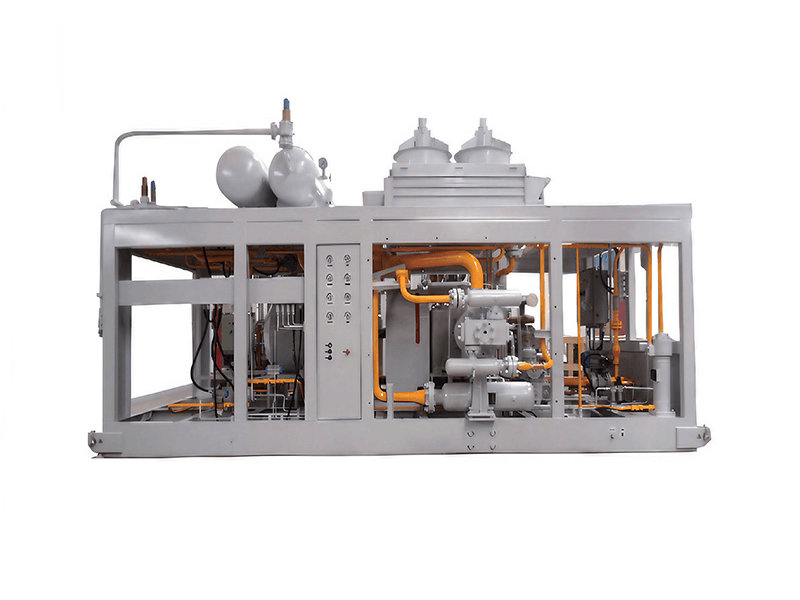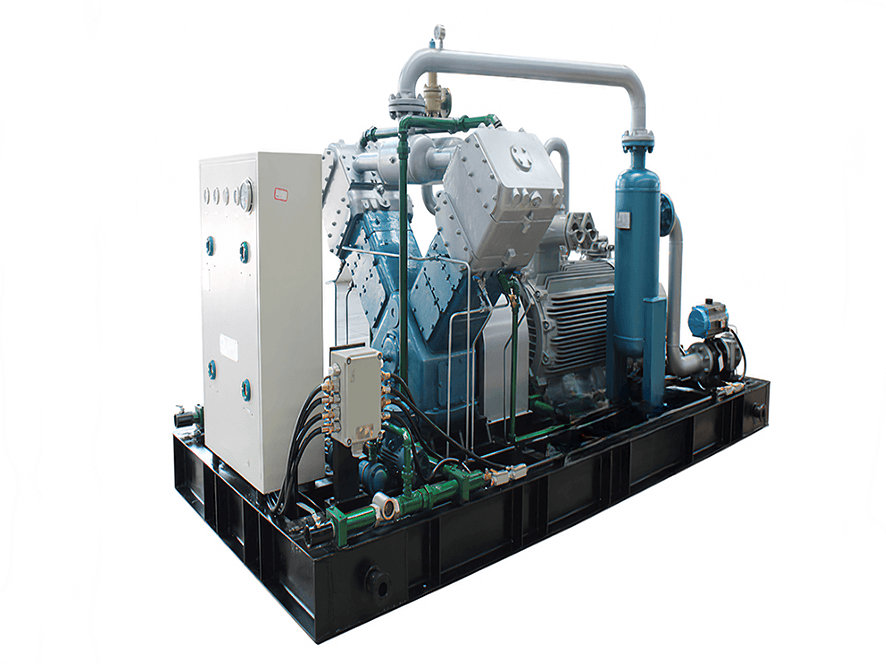Mixed gas refers to a combination of different gases blended together in a specific proportion or mixture. The composition of the mixed gas can vary depending on the intended application and desired properties. Here are a few examples of mixed gases:
1. Industrial Gases: In industrial settings, mixed gases are often used for various purposes. For instance, a common mixed gas is a shielding gas used in welding processes. It typically consists of a mixture of gases such as argon, carbon dioxide, and helium. The specific composition depends on the type of welding and the desired characteristics of the shielding gas, such as arc stability and protection against atmospheric contamination.
2. Calibration Gases: Calibration gases are used in instruments and equipment calibration. They are often mixed gases with precise compositions to provide reference standards for accurate measurement. Calibration gases can be composed of gases like methane, carbon dioxide, oxygen, nitrogen, and others, depending on the specific calibration requirements.
3. Specialty Gases: Specialty gases are mixed gases that are tailored for specific applications, such as analytical instruments, medical purposes, or research. These gases may have very precise compositions to meet stringent requirements. Examples include calibration gases for gas chromatography, medical gases used in respiratory therapy, and research gases used in laboratories.
4. Gas Mixtures for Breathing: Gas mixtures are also used for breathing in certain circumstances. For instance, scuba divers use mixed gases known as "nitrox" that contain a blend of nitrogen and oxygen in different proportions compared to regular air. This allows for extended dive times and reduced risks associated with nitrogen narcosis and decompression sickness.
5. Natural Gas: Natural gas, which is primarily composed of methane, can also be considered a mixed gas. It may contain smaller amounts of other hydrocarbons like ethane, propane, butane, and traces of other gases such as carbon dioxide, nitrogen, and hydrogen sulfide. The composition of natural gas can vary depending on the source and location.
6. Liquefied Petroleum Gas (LPG): LPG is a commonly used mixed gas consisting of propane and butane. It is widely used as a fuel for heating, cooking, and powering appliances in residential, commercial, and industrial settings.
7. Medical Gas Mixtures: In medical applications, various gas mixtures are used for specific treatments and therapies. For example, oxygen and nitrous oxide are combined in specific ratios to create "laughing gas" used for pain relief during dental procedures. Medical air, which is a mixture of oxygen and nitrogen, is used for respiratory support.
8. Environmental Monitoring Gases: Mixed gases are used in environmental monitoring and analysis, such as air quality testing. These mixtures may include known concentrations of gases like carbon monoxide, carbon dioxide, ozone, and volatile organic compounds (VOCs). They serve as calibration standards for accurate measurement and monitoring of pollutants.
9. Gas Chromatography: Gas chromatography techniques often require mixed gases as carrier or mobile phases. These mixtures can include gases like helium, hydrogen, nitrogen, and argon. The choice of gas mixture depends on the specific separation requirements and detector compatibility.
10. Calibration Standards: Mixed gases are crucial for calibrating gas detectors, analyzers, and other monitoring equipment. Calibration standards containing known concentrations of gases are used to verify the accuracy and performance of these devices. The composition of the calibration gas mixture depends on the target gas being measured.
11. Fuel Gas Mixtures: In certain applications, different gases are blended to create fuel gas mixtures with specific properties. For example, natural gas and hydrogen can be mixed to produce a cleaner-burning fuel with lower carbon emissions in industrial furnaces or power generation.
12. Calibration Gases for Gas Sensors: Gas sensors used in industries, laboratories, and safety equipment often require calibration with specific gas mixtures. These mixtures are carefully formulated to simulate gas concentrations that the sensors are designed to detect. Calibration gases ensure accurate and reliable sensor performance.
13. Refrigerant Mixtures: Refrigeration and air conditioning systems often use mixed gases known as refrigerants to transfer heat and provide cooling. Common refrigerant mixtures include hydrofluorocarbons (HFCs) and hydrochlorofluorocarbons (HCFCs), which are blended to achieve desired cooling properties while minimizing environmental impact.
14. Combustion Gases: In some industrial processes, mixed gases are used for combustion purposes. For example, oxy-fuel combustion involves mixing oxygen with a fuel gas such as natural gas or hydrogen to achieve higher temperatures and improved efficiency in applications like glass manufacturing or metal cutting.
15. Calibration Gases for Analytical Instruments: Analytical instruments, such as gas chromatographs and mass spectrometers, require precise calibration with gas mixtures to ensure accurate analysis. These mixtures are prepared with known concentrations of analytes to calibrate the instruments for specific measurements.
16. Welding Gas Mixtures: In addition to shielding gases, welding processes may involve other mixed gases for specialized applications. For instance, gas mixtures containing helium and argon are used for welding aluminum, while mixtures with higher percentages of carbon dioxide are employed for welding certain steels.
17. Semiconductor Manufacturing Gases: The semiconductor industry relies on various mixed gases for processes such as etching, deposition, and doping. These gases, including fluorocarbons, nitrogen, oxygen, and hydrogen, are used to create and modify thin films and patterns on semiconductor wafers.
18. Gas Mixtures for Environmental Simulation: In testing and research applications, controlled environments can be created using mixed gases. For instance, environmental chambers may use gas mixtures to simulate specific atmospheric conditions, such as elevated carbon dioxide levels or controlled humidity.
19. Gas Blend for Modified Atmosphere Packaging (MAP): MAP involves altering the composition of gases surrounding packaged food products to extend their shelf life. Gas mixtures, typically containing carbon dioxide, nitrogen, and oxygen, are used to create optimal conditions for preserving food quality and inhibiting spoilage.
20. Calibration Gases for Emissions Testing: Emissions testing equipment, such as those used for vehicle emissions analysis, require calibration with specific gas mixtures to ensure accurate measurements of pollutants such as carbon monoxide, nitrogen oxides, and hydrocarbons.
21. Anaerobic Gas Mixtures: In microbiology and other laboratory settings, anaerobic conditions (absence of oxygen) are required for culturing and studying certain organisms. Anaerobic gas mixtures, typically composed of nitrogen, hydrogen, and carbon dioxide, create an oxygen-free environment for these applications.
22. Gas Mixtures for Flame Ionization Detectors (FID): FID is a common type of detector used in gas chromatography to measure organic compounds. It requires a specific mixture of gases, typically hydrogen and air or hydrogen and synthetic air, to support the combustion of the analyte molecules and produce ionization for detection.
23. Gas Mixtures for Mass Spectrometry: Mass spectrometers require specific gas mixtures for ionization and analysis of samples. For example, electron ionization (EI) in gas chromatography-mass spectrometry (GC-MS) often uses a mixture of helium or argon with small amounts of methane or isobutane as the ionization gas.
24. Gas Mixtures for Laser Applications: Various mixed gases are used in laser systems for different purposes. For example, carbon dioxide (CO2) lasers use a mixture of carbon dioxide, nitrogen, and helium as the active medium, while excimer lasers may use mixtures of rare gases such as argon, krypton, and fluorine.
25. Gas Mixtures for Calibration of Gas Detectors: Gas detectors used for detecting toxic or flammable gases in industrial environments require regular calibration. Gas mixtures with known concentrations of the target gases are used to verify the accuracy and sensitivity of these detectors.
26. Gas Mixtures for Spectroscopy: Spectroscopic techniques, such as infrared (IR) spectroscopy and atomic absorption spectroscopy (AAS), often require specific gas mixtures. These mixtures may be used as reference standards or for background gas correction to ensure accurate analysis.
27. Gas Mixtures for Fuel Cells: Fuel cells, which generate electricity through electrochemical reactions, often use mixed gases as fuel sources. For instance, hydrogen fuel cells typically use a mixture of hydrogen and oxygen or air to produce electricity and water as the byproduct.
28. Gas Mixtures for Calibration of Air Quality Sensors: Air quality sensors, including those for measuring particulate matter, volatile organic compounds (VOCs), and other pollutants, require calibration with specific gas mixtures to ensure accurate readings and calibration of the sensor response.
29. Gas Mixtures for Fire Suppression Systems: Certain fire suppression systems utilize mixed gases to extinguish fires. For example, clean agent fire suppression systems use a mixture of gases like nitrogen, argon, and carbon dioxide to displace oxygen and suppress the fire without causing damage to sensitive equipment or leaving residue.
30. Atmospheric Simulation Gases: In scientific research and testing, mixed gases can be used to simulate specific atmospheric conditions, such as high-altitude environments or the composition of other planets' atmospheres, to study their effects on materials or biological systems.
These examples demonstrate the diverse range of applications where mixed gases are utilized across various industries, scientific research, and environmental testing. The specific composition of a mixed gas is carefully determined based on the specific requirements of each application, ensuring optimal performance and desired outcomes.



